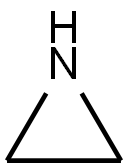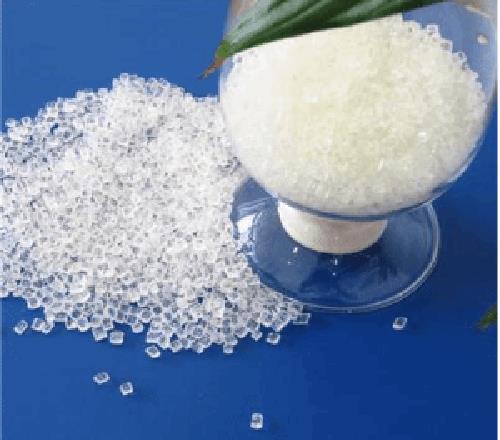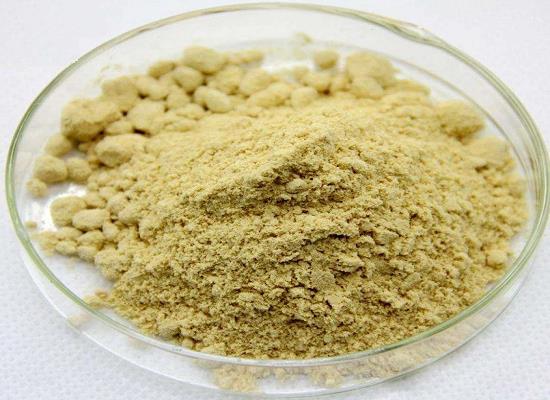Polyethyleneimine: Characteristics and Biomedical Applications
General Description
Polyethyleneimine is a highly versatile polycation widely researched for its role as a gene and drug delivery agent in biomedical applications. Its strong positive charge allows effective interaction with negatively charged biomolecules, facilitating DNA condensation. However, the cytotoxicity associated with Polyethyleneimine's cationic nature can hinder its efficiency. To address this, researchers are developing modified Polyethyleneimine systems that enhance biocompatibility and responsiveness by incorporating hydrophobic and hydrophilic components or integrating inorganic materials like gold nanoparticles. These innovations improve gene delivery targeting and efficacy, making Polyethyleneimine a promising alternative to traditional delivery methods in gene therapy and cancer treatment.
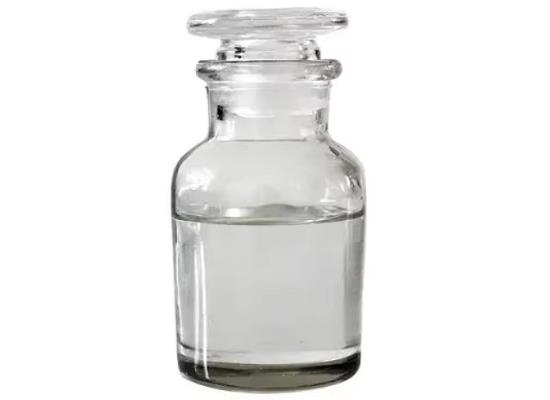
Figure 1. Polyethyleneimine
Characteristics
Polyethyleneimine is a highly versatile polycation known for its significant positive charge and diverse structural features. Its ability to interact easily with negatively charged species and metal ions through neutralization or complexation makes polyethyleneimine valuable in various applications, including functional coatings. Notably, polyethyleneimine has been investigated as a promising carrier for genes and drugs in both in-vitro and in-vivo scenarios. This is largely due to its capacity to condense with biomolecules like DNA and proteins, as well as its robust buffering ability. However, the abundant cationic charges associated with polyethyleneimine can lead to notable cytotoxicity and reduced delivery efficiency, as these polycations may trigger unwanted interactions with cell-surface proteoglycans. To enhance the beneficial aspects while mitigating adverse effects, innovative modifications of polyethyleneimine are being developed. By tailoring its properties, polyethyleneimine can be optimized for specificity, biocompatibility, and responsiveness, making it pivotal for advanced bioengineering applications. 1
Biomedical Applications
Polyethyleneimine is gaining significant attention in the realm of biomedical applications, particularly as a gene transfer agent in gene therapy and cancer chemotherapy. A central challenge in these medical treatments is protecting delicate DNA from biodegradation prior to its delivery to target cells. Polyethyleneimine offers a controllable release system, wherein the polymeric carrier displays a high affinity for encapsulated genetic material, ensuring accurate release at targeted sites. This characteristic is crucial for minimizing toxic side effects that can arise from premature leakage of the cargo. Additionally, compared to viral-based delivery systems, polyethyleneimine presents several advantages including enhanced biocompatibility, a higher encapsulation capacity for genetic materials, and a controlled release mechanism that allows for optimal dosing at the site of action. This makes polyethyleneimine a powerful alternative to conventional gene delivery methods. 2
Polyethyleneimine-Based Polymeric Systems
The surface properties of materials play a crucial role in their interaction with biological systems. In the case of polyethyleneimine, its many positive charges can present challenges due to increased cytotoxicity. To address this, researchers have focused on the development of polyethyleneimine-based polyplexes that incorporate various polymers. For example, hydrophobic segments like lipid or alkane chains have been used to enhance colloidal stability and biocompatibility, while hydrophilic segments such as polyethylene glycol and hyaluronic acid can help reduce the overall positive charge of the polymer, thereby lowering cytotoxic effects. Recently, innovative systems have emerged that encapsulate polyethyleneimine within cycled oligosaccharides, allowing for the formation of multi-cavity structures. This advancement facilitates the condensation and efficient delivery of plasmid DNA into cells, showcasing the versatility of polyethyleneimine-based systems in gene transfer applications. 2
Innovative Composites Using Polyethyleneimine
The combination of polyethyleneimine with inorganic materials is a promising approach in gene transfection. Researchers have explored various substrates, including gold nanoparticles and mesoporous silica, to enhance the targeting capability and effectiveness of gene delivery systems. One such study highlighted the development of a gene delivery platform integrating polyethyleneimine with an arginine-glycine-aspartic peptide, aimed at specifically targeting cancer cells that overexpress integrin receptors. This targeted approach significantly improves the delivery of genetic material to malignant cells, thus enhancing therapeutic impact. Furthermore, novel carrier systems such as dual-polymer functionalized graphene oxide conjugates have shown improved characteristics, including reduced cytotoxicity and enhanced cellular uptake due to reversible photothermal effects. These advancements highlight the potential of polyethyleneimine not only as a standalone polymer for gene delivery but also as a versatile component in composite systems, thereby broadening its applications in therapeutic strategies aimed at various diseases, including cancer. 2
References:
[1] YANG X, WEI Y, ZHENG L, et al. Polyethyleneimine-based immunoadjuvants for designing cancer vaccines[J]. Journal of Materials Chemistry B, 2022, 40: Page 8103 to 8348. DOI:10.1039/D2TB01358D.[2] CHEN Z, LV Z, SUN Y, et al. Recent advancements in polyethyleneimine-based materials and their biomedical, biotechnology, and biomaterial applications[J]. Journal of Materials Chemistry B, 2020, 15: Page 2921 to 3152. DOI:10.1039/C9TB02271F.
Related articles And Qustion
Lastest Price from POLYETHYLENEIMINE manufacturers
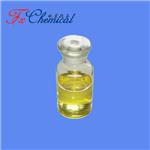
US $0.00/G2025-04-21
- CAS:
- 9002-98-6
- Min. Order:
- 5G
- Purity:
- 98%min
- Supply Ability:
- 30KG/month

US $10.00/ASSAYS2025-04-21
- CAS:
- 9002-98-6
- Min. Order:
- 1ASSAYS
- Purity:
- 99%
- Supply Ability:
- 100 mt
